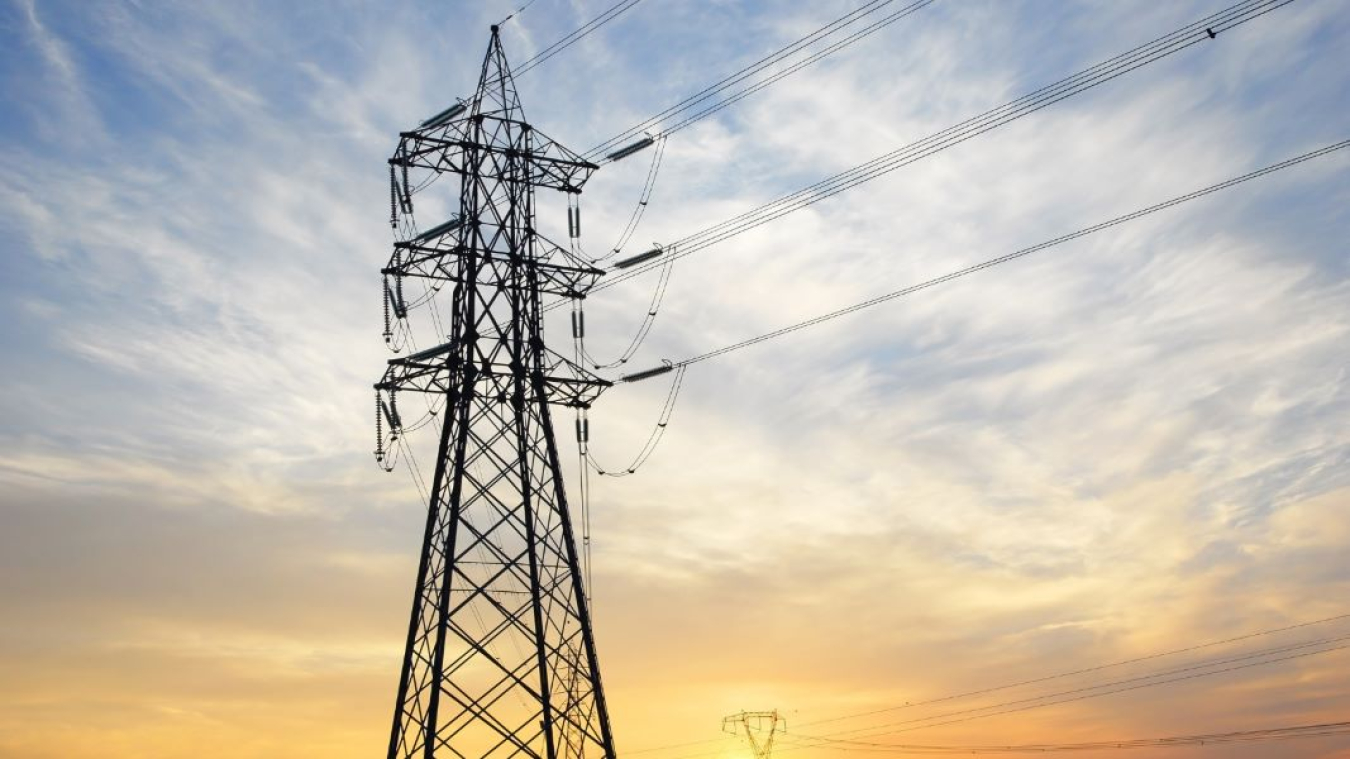Highlights
-
 Enhancing grid flexibility and improving the resilience of the power system against extreme weather.January 17, 2025
Enhancing grid flexibility and improving the resilience of the power system against extreme weather.January 17, 2025 -
 A grant program to strengthen and modernize America's power grid against wildfires, extreme weather, and other natural disasters.January 16, 2025
A grant program to strengthen and modernize America's power grid against wildfires, extreme weather, and other natural disasters.January 16, 2025
Grid Resilience and Modernization
The Grid Deployment Office’s (GDO) Grid Modernization Division oversees activities that prevent outages and enhance the resilience of the electric grid by upgrading poles and wires with stronger materials that can withstand extreme weather impacts. The grid modernization programs aim to:
- Prevent outages, help utilities restore power faster, and protect infrastructure from hazards and extreme weather.
- Support state, Tribal, territory, and local stakeholder engagement with the electric grid and grid operators.
- Deploying upgraded transmission technologies
The Office of State and Community Energy Programs (SCEP) manages the State Energy Program (SEP) that emphasizes the state's role as the decision-maker and administrator for program activities tailored to their unique resources, delivery capacity, and energy goals. This program is helping enhance energy security and resiliency, promote economic growth, improve environmental quality, and increase energy affordability and efficiency. Through the Bipartisan Infrastructure Law, SEP requires transmission and distribution (T&D) planning and State Energy Security Plan Technical Assistance (SESP).
Transmission and Distribution Planning: States must complete a transmission and distribution plan that meets the mandatory conduct of activities to support planning, which includes:
- Support for local governments and Indian Tribes.
- Feasibility studies for transmission line routes and alternatives.
- Preparation of necessary project design and permits.
- Outreach to affected stakeholders. SEP Direct Technical Assistance and cohort-based support is available to states for T&D planning.
State Energy Security Plan Technical Assistance: State Energy Offices must submit a State Energy Security Plan to receive federal funding. Bipartisan Infrastructure Law funding is supporting the Office of Cybersecurity, Energy Security, and Emergency Response (CESER) to develop resources and provide states with technical assistance. These optional resources are intended to assist states in the development, implementation, and revision of plans. Technical assistance includes, but is not limited to, convening state cohorts arranged around elements, supporting capacity building and peer exchange, direct assistance via office hours, and providing guides, toolkits, and templates.
From 2010 through 2024, DOE's Office of Indian Energy has invested over $190 million in more than 240 Tribal energy projects, increasing energy resilience against extreme weather and transmission outages through local clean energy generation, storage, and microgrid projects.
Press Releases
From Our Blogs
-

- Emergency Response
- Extreme Weather Resiliency
- Environmental and Legacy Management
- Energy Security
- Federal Facility Optimization and Management
October 29, 2024 -
- Extreme Weather Resiliency
- Federal Facility Optimization and Management
- Energy Efficiency
- Environmental and Legacy Management
- Federal Energy Management Laws & Requirements
October 22, 2024 -
- Wind Energy
- Extreme Weather Resiliency
- Renewable Energy
- Clean Energy
- Energy Security
July 17, 2024 -
- Earth Systems Modeling
- Clean Energy
- Energy Justice
- Extreme Weather Resiliency
- Decarbonization
June 13, 2024

